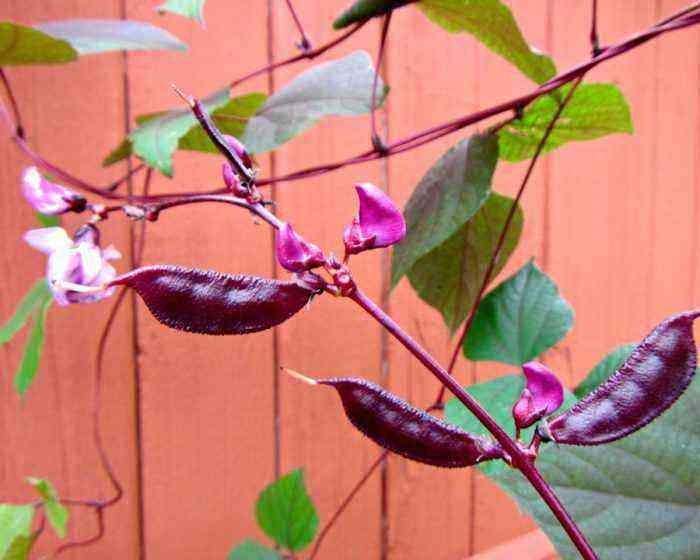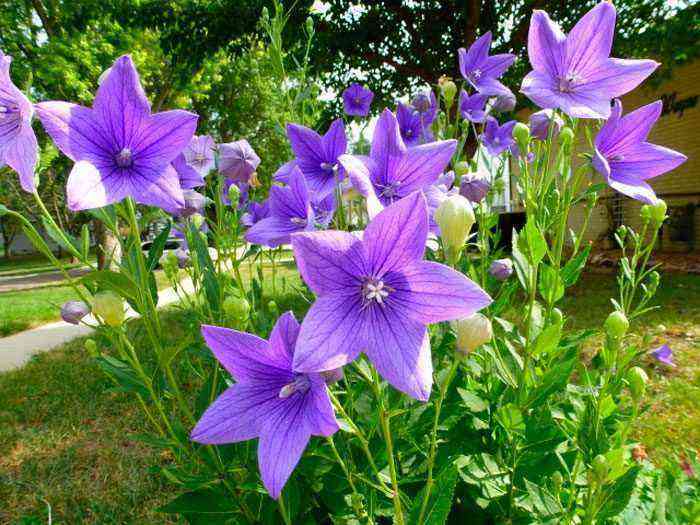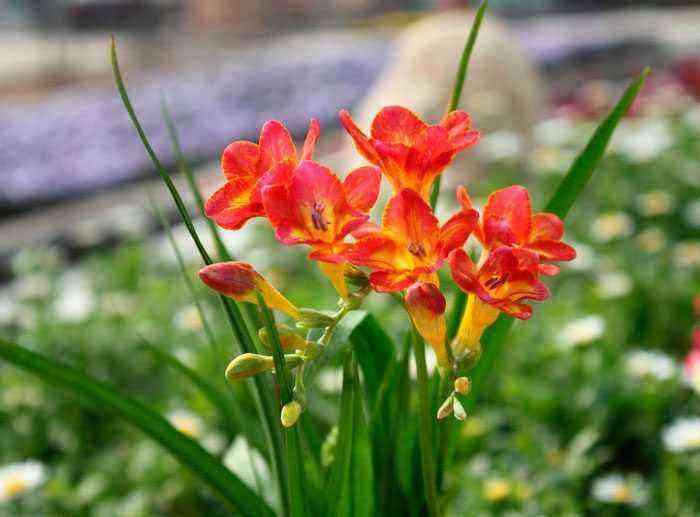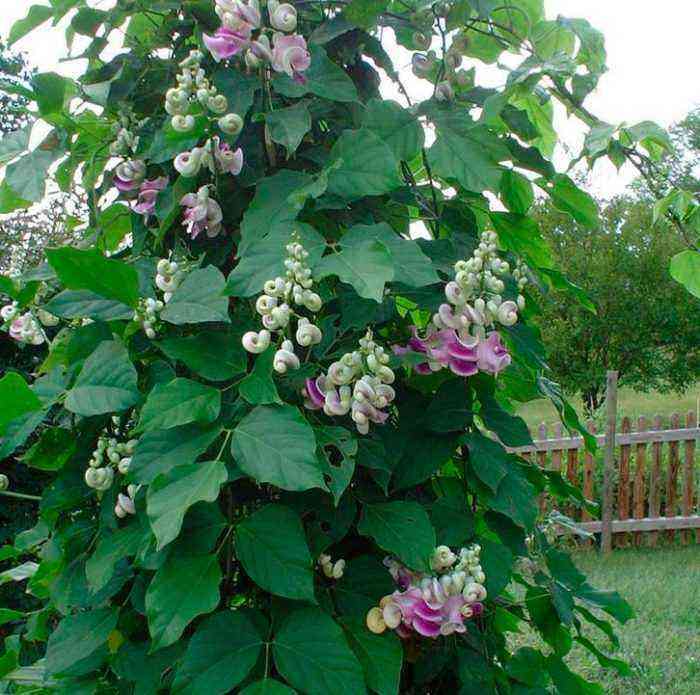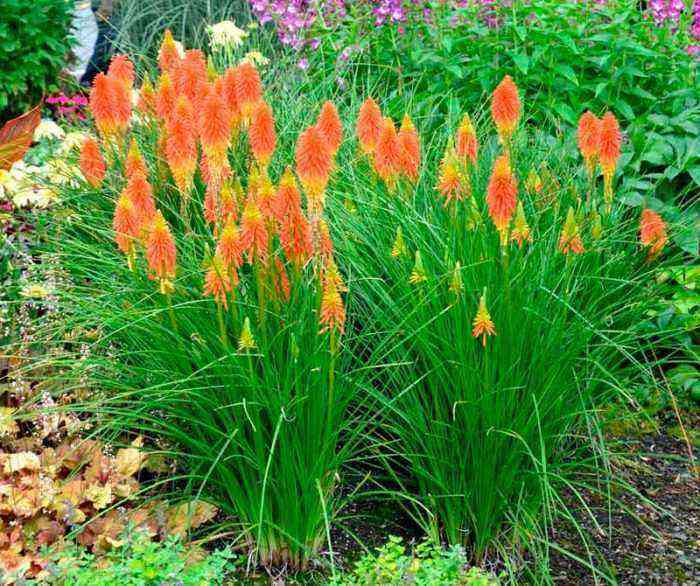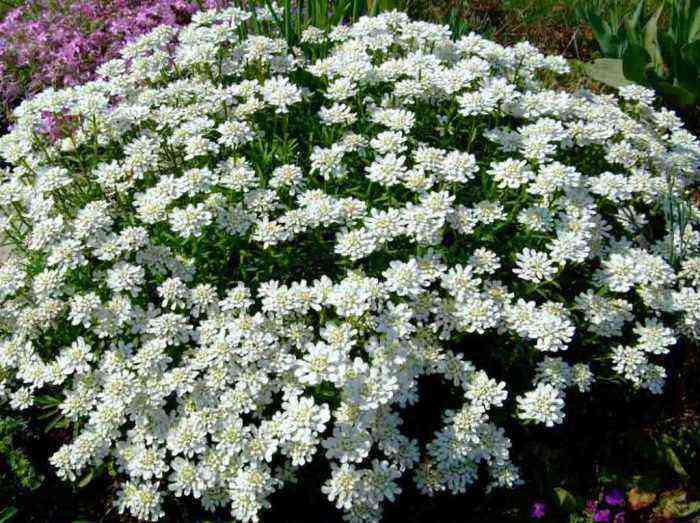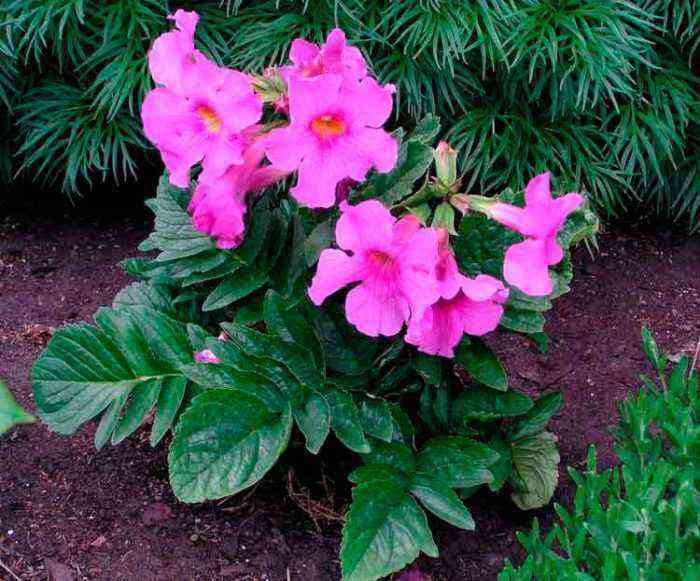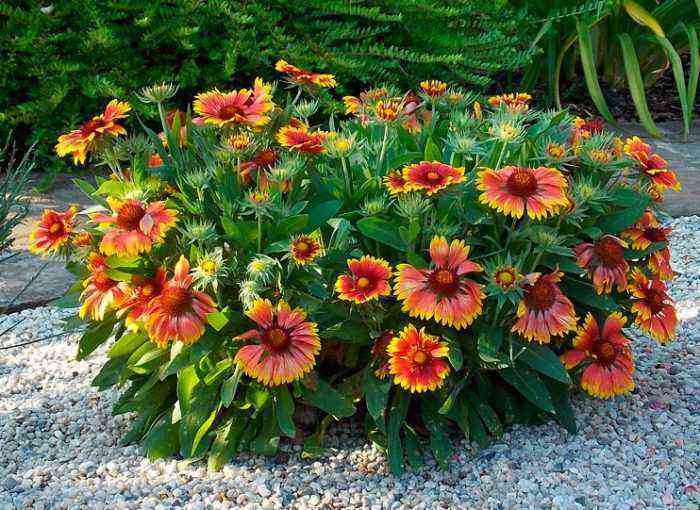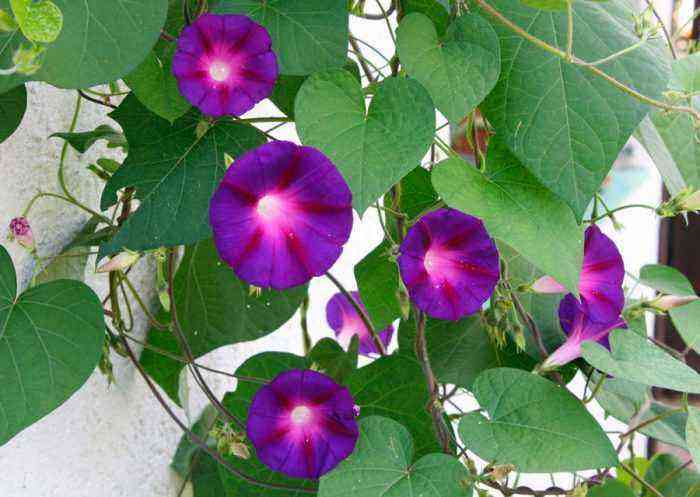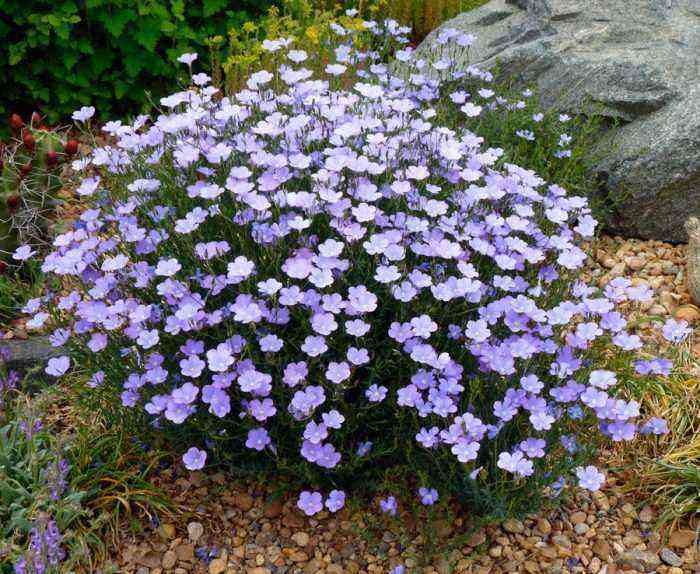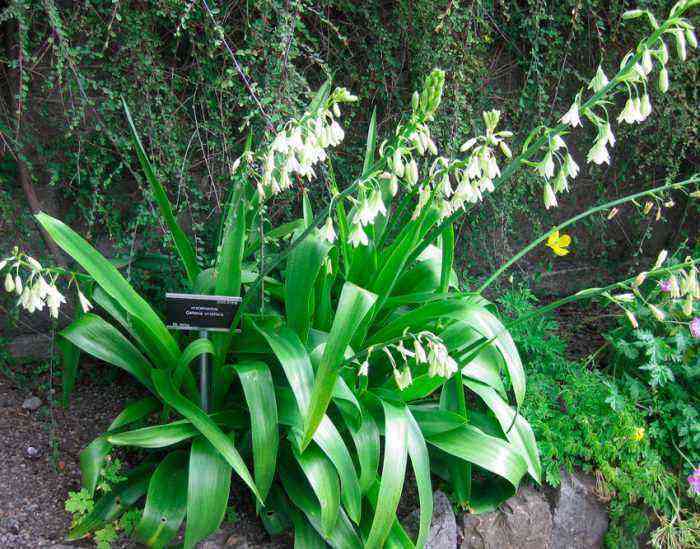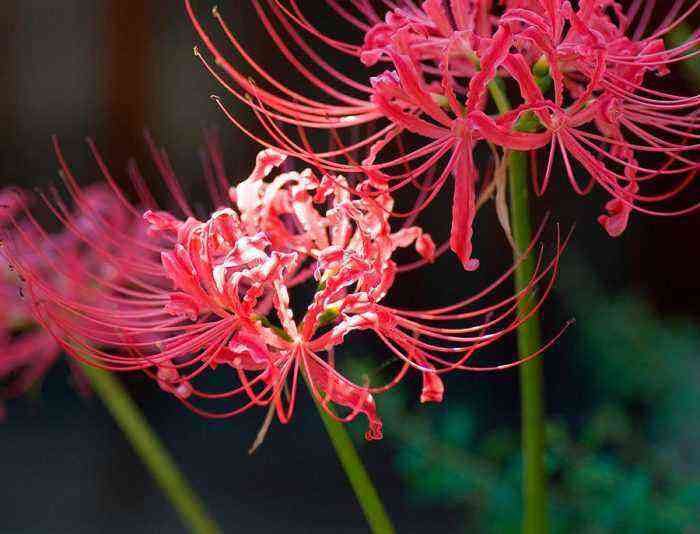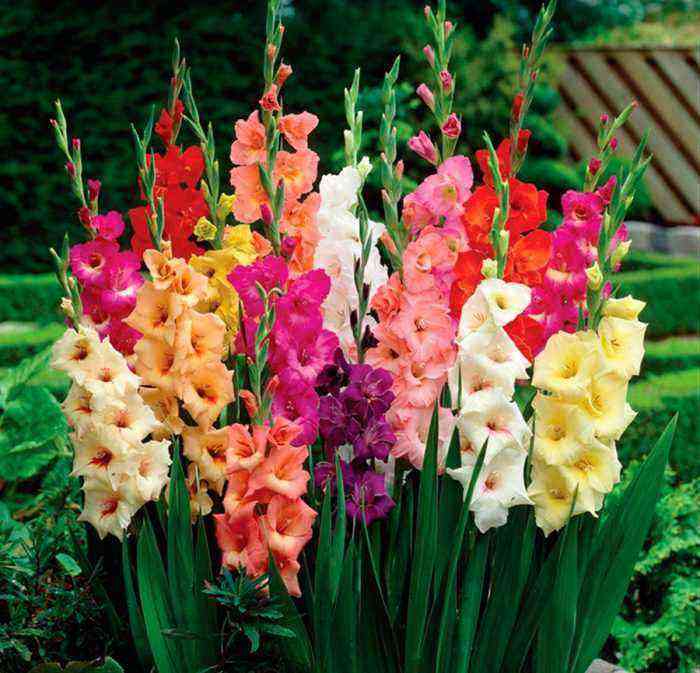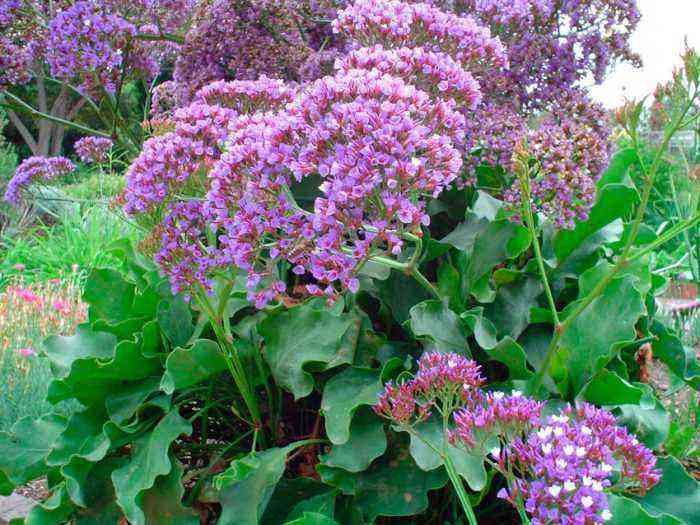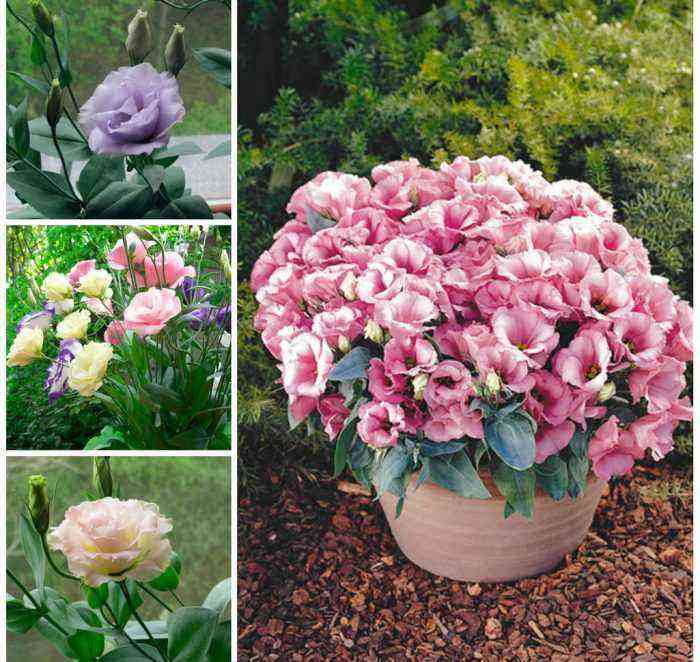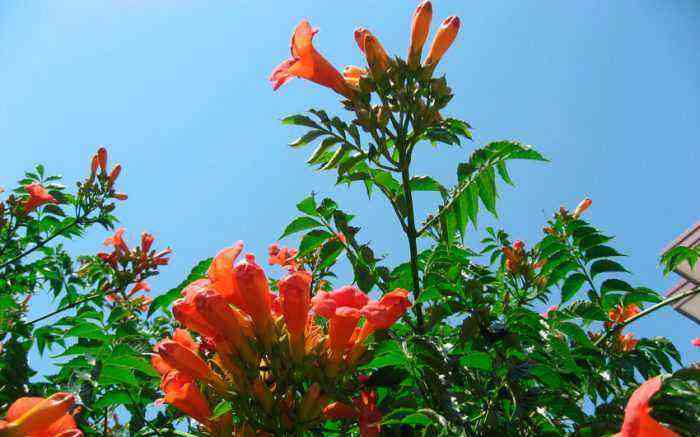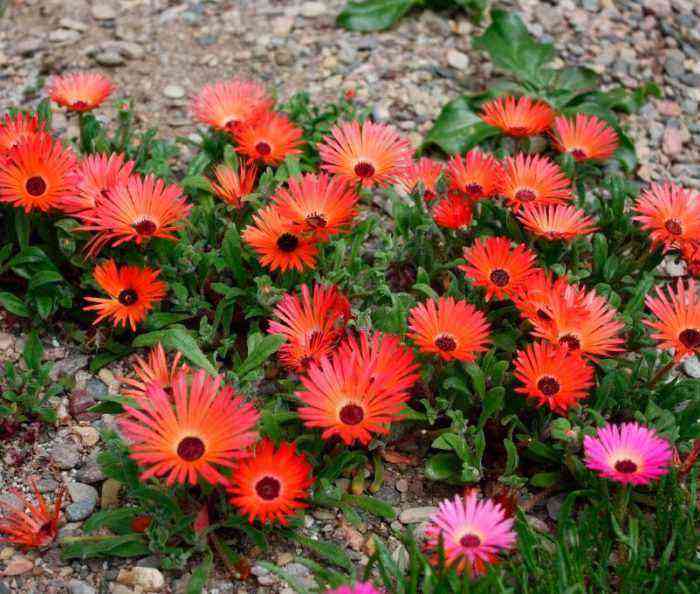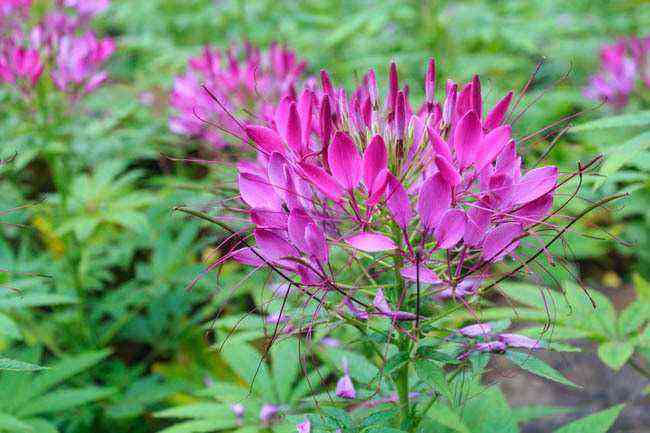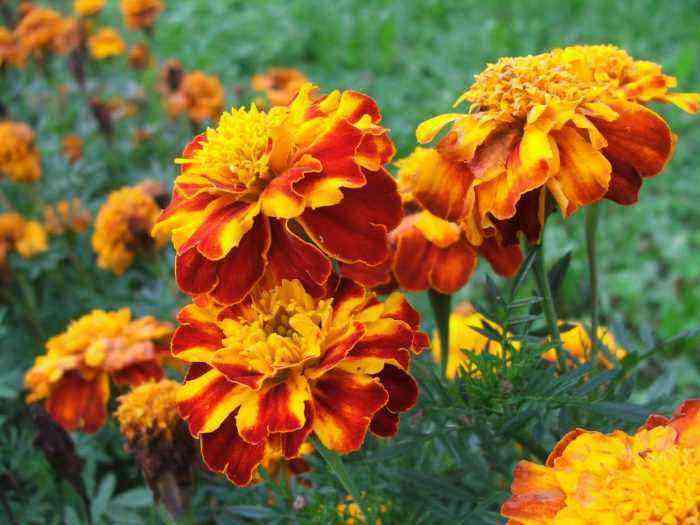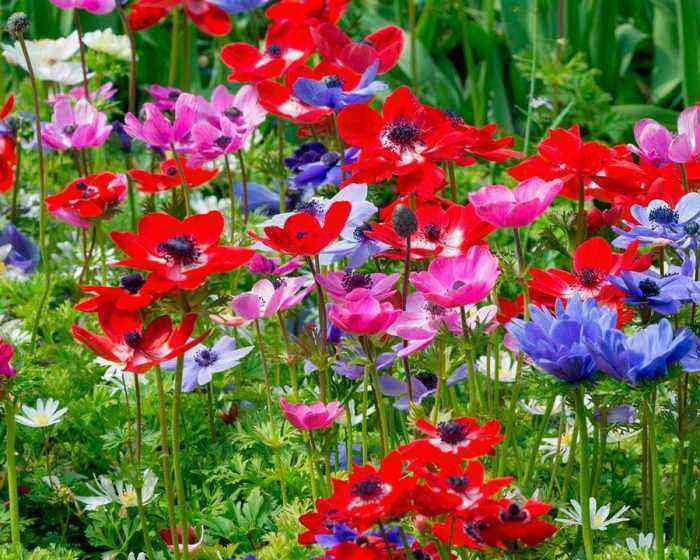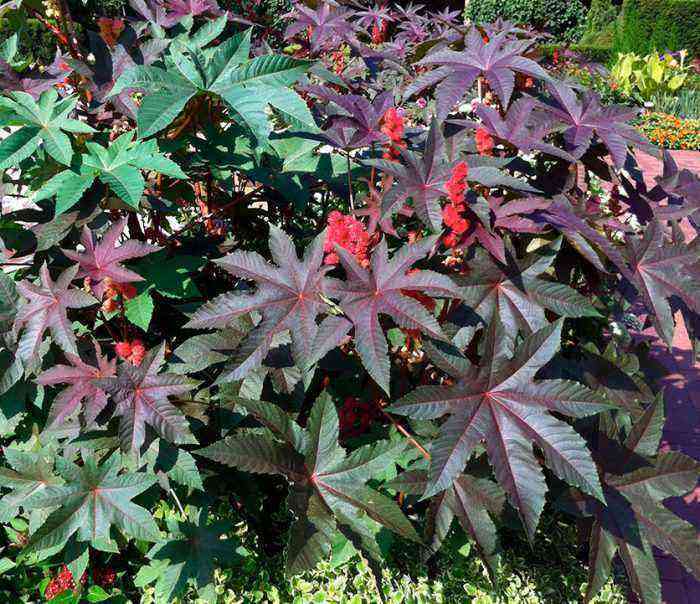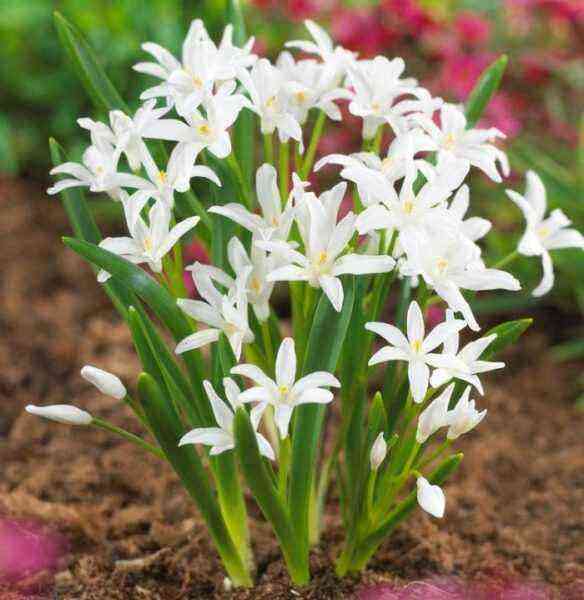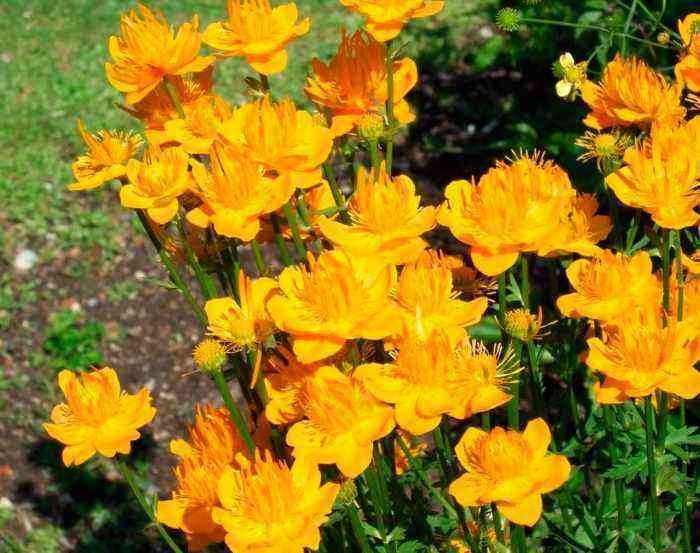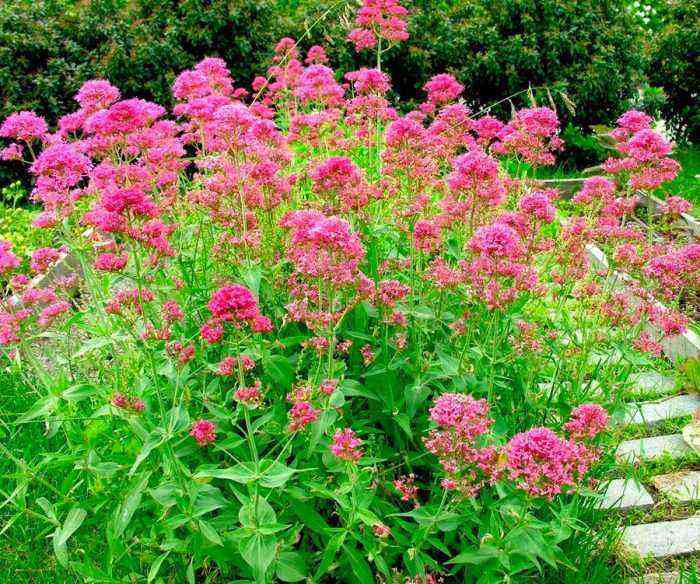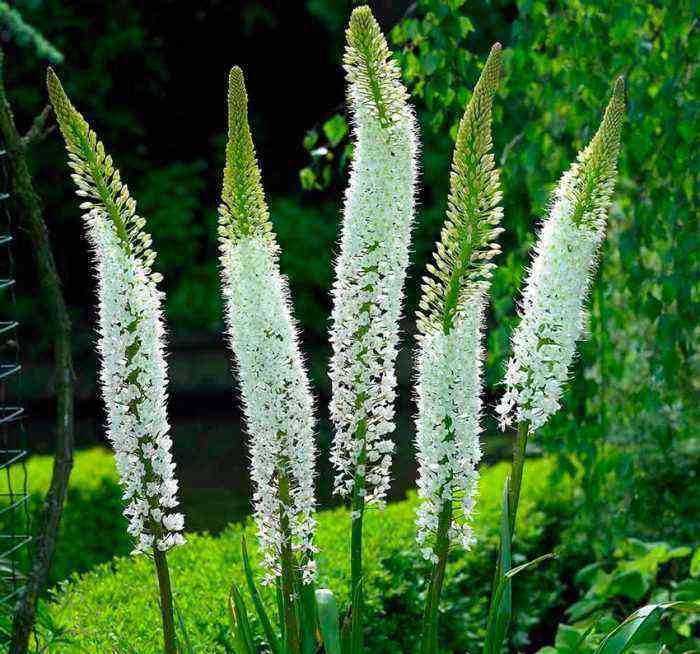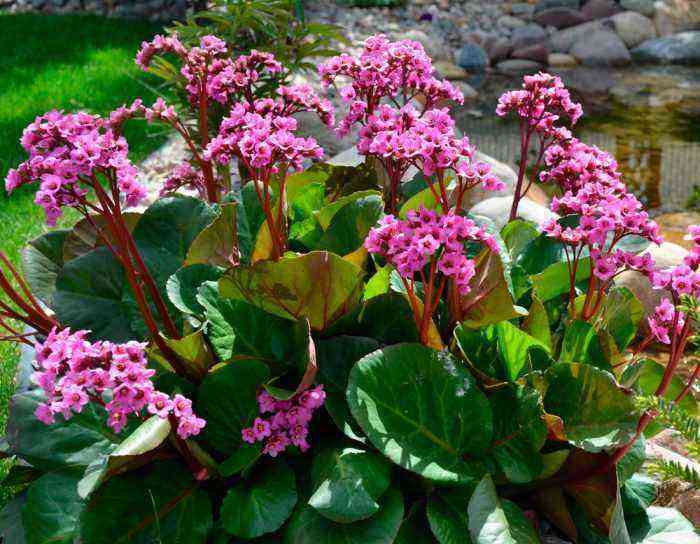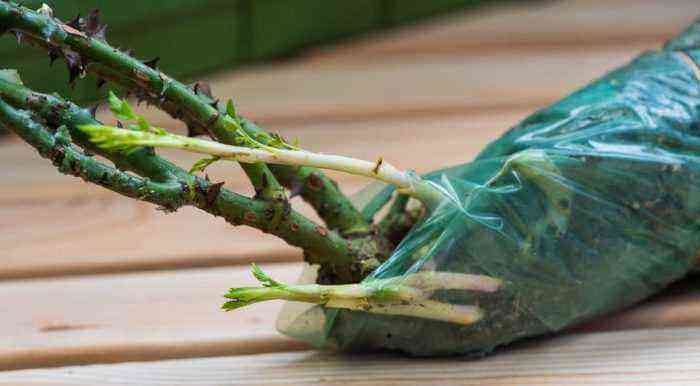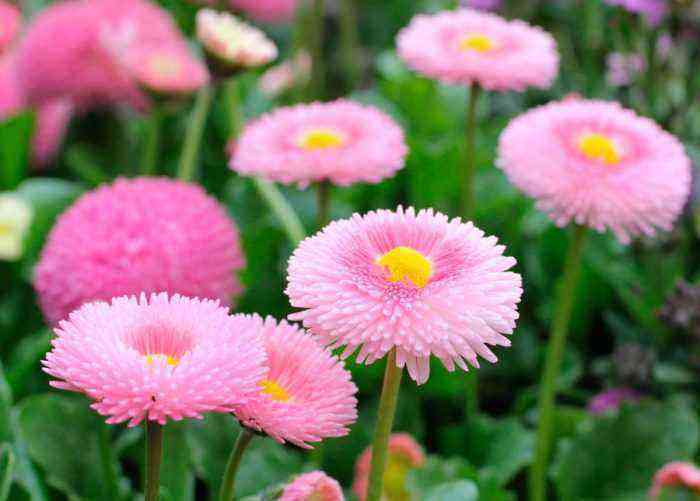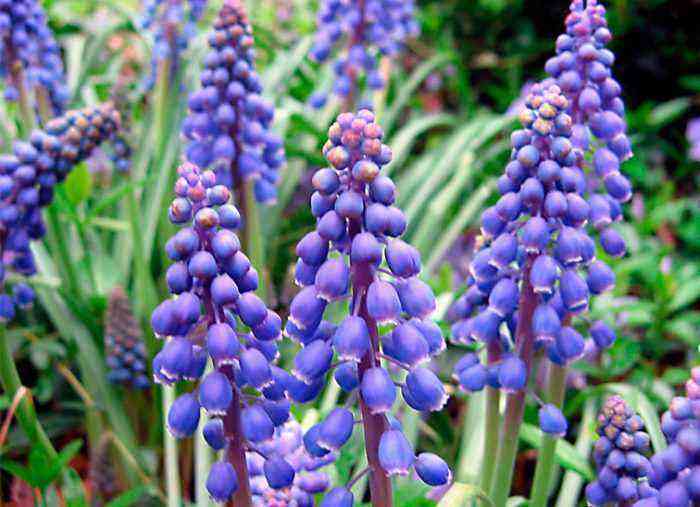The herbaceous annual, biennial and perennial plant soapwort, also called Saponaria, is a member of the Clove family. According to information taken from various sources, this genus unites 15–40 species, but only 9 of them are cultivated. Under natural conditions, such a plant can be found on the territory of Eurasia. The name of this genus comes from the Latin word for “soap”, this is due to the fact that the root system of the plant has the ability to form foam due to the fact that it contains saponins.
Features of soapwort
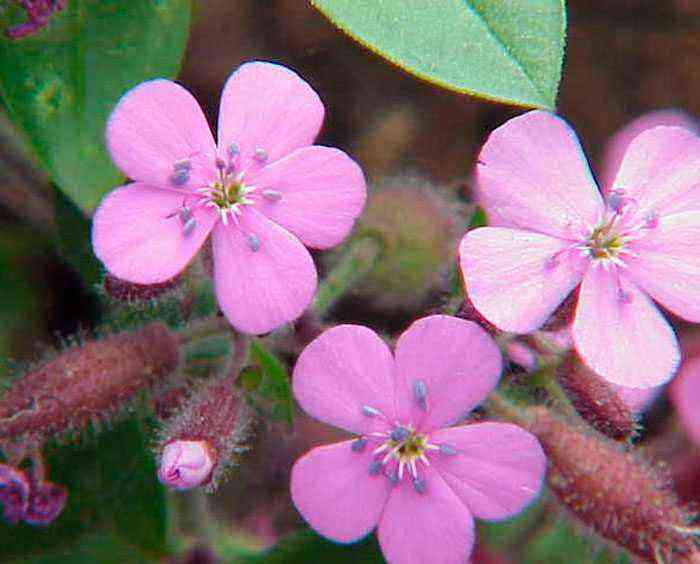

The rhizome plant soapwort has erect shoots that can be ascending or open, their surface is bare and pubescent. In height, the stems reach from 0,7 to 0,8 m. Opposite whole leaf plates can have a broad-lanceolate, spatulate, oval or linear-lanceolate shape. Foliage can be sessile or taper at the base, have a blunt or pointed tip. Loose corymbose-paniculate inflorescences consist of five-petal flowers of purple, white or pink color. The fruit is a multi-seeded box of elongated shape, inside of which small blunt-tuberous seeds of almost black color ripen.
Growing soapwort from seeds
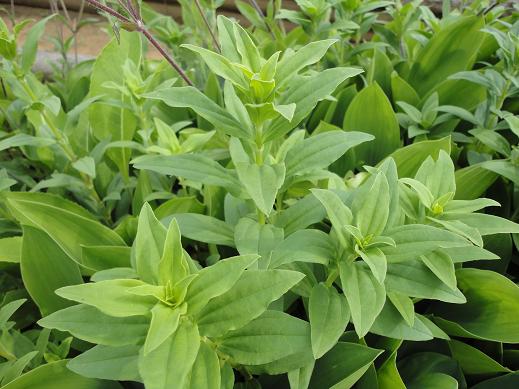

Sowing seedlings
For the reproduction of soapworms, the vegetative and generative (seed) method is used. If desired, sowing seeds can be carried out directly into open soil, they do it in October (before winter) or in spring. But the seedling method of growing such a plant is more reliable. So, for starters, seedlings of soapworms from seeds are grown at home, which are then transplanted into open ground.
Sowing seeds for seedlings, as well as caring for seedlings is very simple and does not take much time. Sowing seeds for seedlings is carried out in mid-March; for this, small boxes are used, which are filled with a loose, moist soil mixture. The seeds are covered with a thin layer of sand on top, after which the crops are carefully watered with a sprayer and covered with glass (film) on top. Then the container is transferred to a well-lit place, but the light must always be diffused. The optimum air temperature for seed germination is at least 20 degrees.
Growing seedlings
Immediately after the first seedlings appear, remove the shelter from the container. The seedlings of such a plant do not need special care. Remember that direct sunlight and drafts can harm her. Water the seedlings systematically, and do not forget to gently loosen the surface of the soil mixture around the bushes. A pick into individual cups is carried out after the plants have formed 2 pairs of true leaf plates. To prevent the bushes from starting to stretch, they need to provide a sufficient large amount of bright, but diffused light.
Planting soapworms in open ground
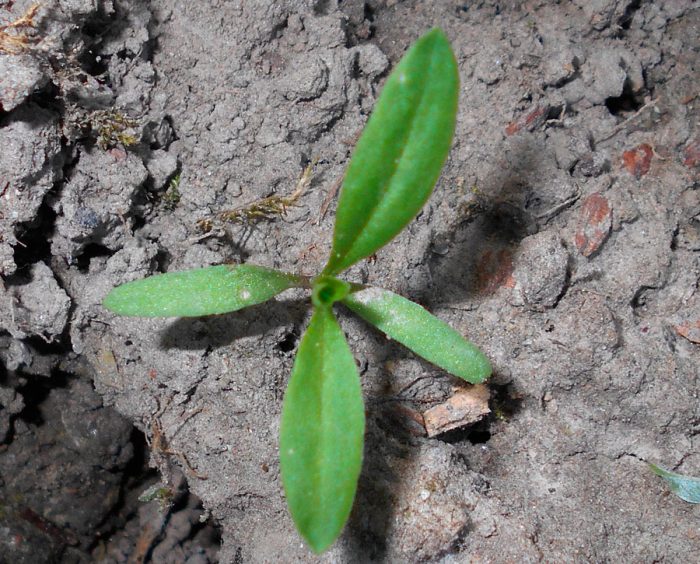

What time to plant
Planting grown and strengthened soapwort seedlings into open soil is carried out only when the return spring frosts remain behind and the soil on the site warms up well. As a rule, this time falls on the second half of May. When about two weeks remain before planting the seedlings, you need to start hardening them. To do this, the plant is transferred to the street every day, while the increase in the duration of such procedures should be gradual. Hardened seedlings can be outdoors day or night. To harden the plants, you need to choose a place in the open air that will have reliable protection from gusts of wind, drafts and precipitation.
Rules of landing
Growing this herb in your garden is easy enough. The fact is that it grows beautifully, develops and blooms, even if you don’t care for it at all. But if you want your bushes to be the most decorative, then for planting them, you should choose an area located in a little shade or in a sunny place. A dry, loose soil, lime and fertilized, is best suited for soapworms, it should pass water and air well. Since in natural conditions such a flower prefers to grow in the mountains, it is recommended to add small stones, sand and slaked lime (bone meal or calcite) to the ground during the digging of the site.
During the planting of seedlings, a distance of at least 0,3 m is maintained between the bushes. After a while, the overgrown flowers will cover all the free space. The planted seedlings must be watered.
Caring for soapworms in the garden
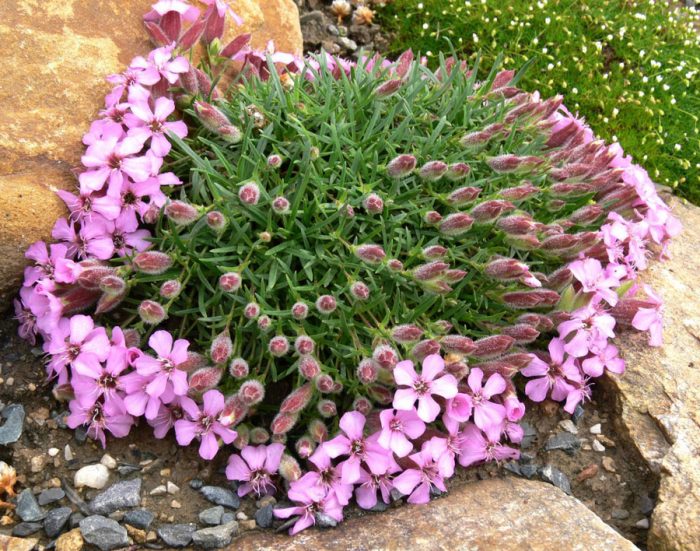

It is quite simple to grow soapwort in the open field, for this you need to water it, weed, feed and cut it in a timely manner, and also prepare it for wintering. To significantly reduce the amount of weeds on the site, it is recommended to cover its surface with small expanded clay, crushed stone or pebbles, in addition, this will make your flower garden more effective. In order for the flowering to be as long as possible, experts advise that the inflorescences that have begun to fade are systematically cut off from the bushes, this measure will also help to avoid self-seeding. In the autumn, shortly before the cold weather begins, the stems should be shortened by a third of their length, while the Lemperji and medicinal soap bushes should be cut to the very root. This culture is quite frost-hardy, but in the case of a winter with little snow, it will not be superfluous to cover the area with spruce branches. If the bushes do freeze, then in spring they can quickly recover due to self-seeding.
It is not recommended to grow such a flower on the same site for more than eight years, the fact is that during this time it grows strongly and it needs rejuvenation, for this the bush is divided. To do this, in the spring, the bush must be removed from the soil and divided into several parts. Delenkas should be immediately planted in a new area.
How to water and feed
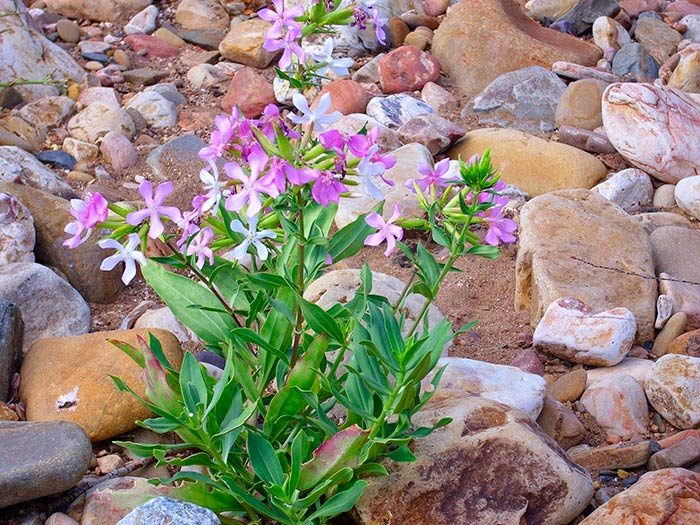

The bushes need to provide moderate watering, while remember that the stagnation of liquid in the root system is very harmful to the plant. In order to improve the drainage capacity of the soil, experts advise that before planting the plant, add expanded clay or sand for digging. If in the summer there are prolonged rains, then there is a high probability of rot on the roots of the soapwort. In order to avoid this, the area should be protected with a film that is stretched over pre-installed metal arcs.
Twice during the season, the bushes must be fed with phosphorus-potassium fertilizer. This is done immediately after the snow cover disappears and shortly before flowering begins. Nitrogen-containing fertilizers should not be used, as they can harm such a crop. If it grows in nutritious soil, then you can do without feeding at all.
Diseases and pests
Such a herbaceous plant is highly resistant to harmful insects. However, sometimes a garden scoop settles on it, which damages the seed pods of such flowers, and on the surface of their stems, it arranges egg-laying. If there are few pests, then you can get rid of them by manually collecting and destroying them, but if there are a lot of caterpillars, then you cannot do without spraying the plants with an insecticide solution.
Such a flower is rarely affected by root rot and leaf spot. If the first symptoms of the disease are noticed, you need to cut out all the affected parts of the bush as soon as possible. Severely affected plants must be dug up and destroyed, while the healthy bushes remaining on the site are sprayed with a solution of a fungicidal preparation.
Types and varieties of soapwort with photos and names
It was already mentioned above that only 9 types of soapwort are cultivated by gardeners. Below we will tell you more about the most popular ones.
Soddy soapwort (Saponaria caespitosa)
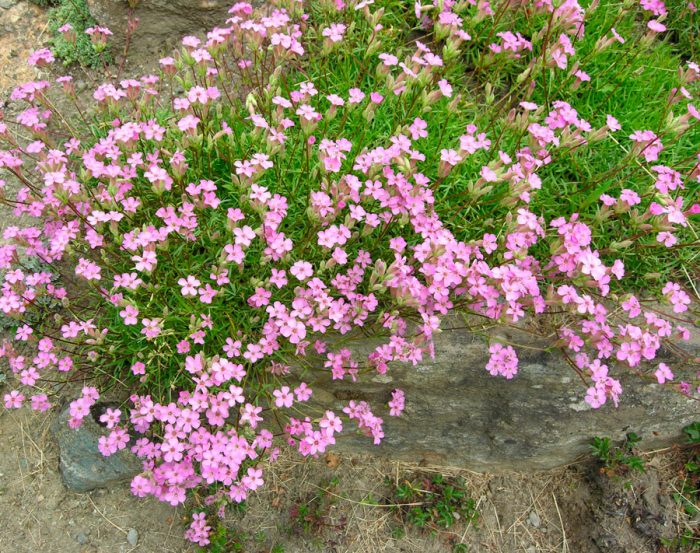

In natural conditions, this species is found on the rocky slopes of the Pyrenees at an altitude of 700-2100 meters above sea level. The height of the bushes varies from 5 to 15 centimeters. Smooth leaf plates have a linear-lanceolate shape. The oval petals of the flowers are pinkish in color.
Saponaria officinalis (Saponaria officinalis)
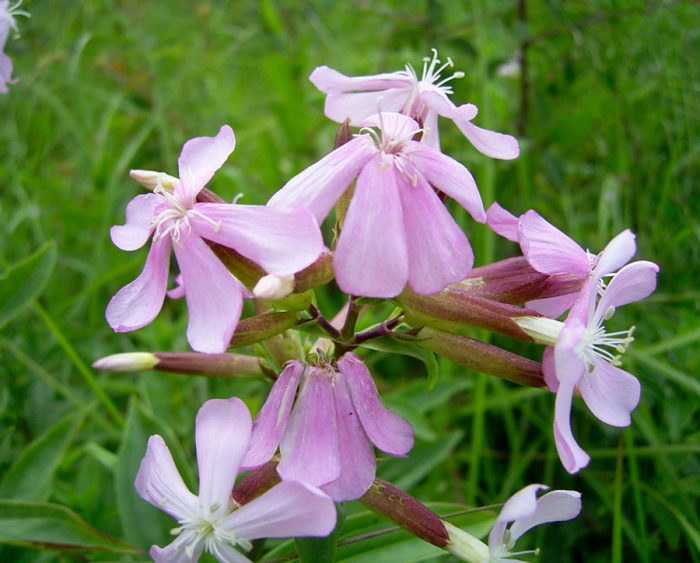

In the wild, this species is found in Central Europe, Asia Minor, the European part of Russia, the Caucasus, the Mediterranean and Western Siberia. The height of such a herbaceous perennial plant varies from 0,3 to 0,9 m. The length of the leaf plates is 5–12 centimeters, they have an oval-lanceolate or acute elliptical shape. The leaves are divided by 3 veins. The scutes consist of large fragrant flowers of pink or white color, they have short stalks. Such a plant has been cultivated since 1692. Var. flore plena: plant height about 100 cm, the length of the inflorescences up to 15 centimeters, they include double flowers up to 25 mm in diameter, they have a pinkish-cream color.
The most popular varieties are:
- Alba Plena, Rosea Plena and Rubra Plena… The inflorescences consist of double flowers of white, pink and dark red color, respectively.
- Dazzler… In such a variegated variety, large flowers are painted in a deep pink color.
- Variegata… The foliage has a variegated color.
- Betty Arnold… Vigorous variety with complex flowers of snow-white color.
Yellow soapwort (Saponaria lutea)


Such a perennial plant is found in nature on alpine meadows and slopes, the height of the bushes is 5-12 centimeters. Narrow leaf plates have an oblong shape. Small inflorescences consist of yellowish flowers that do not have a high decorative value.
Basilicum soap (Saponaria ocymoides), or moon dust soap


This species comes from the Alps, where it is found at an altitude of 0,5-2 thousand meters above sea level. Such a profusely flowering perennial plant, with its low creeping stems, forms soft pillows, the height of which can reach up to 20 centimeters. Narrow leaf plates of a matte green color have an oval-linear shape. At the tops of the forked shoots, many umbellate inflorescences are formed, which include small fragrant star-shaped flowers of a pinkish-red color. The species has high frost resistance, but if it freezes out in winter, it can quickly recover due to self-seeding. The most popular varieties:
- Camilla… The height of such a low-growing ground cover plant is about 15 centimeters. There is pubescence on the surface of green leaf plates. False umbellate inflorescences consist of small pink flowers.
- Rubra Compact… The stems are covered with large inflorescences of a deep pink color.
- Slendens… This variety is very similar to Rubru Compact, but the color of its flowers is more delicate.
- Snow Type… The color of the petals is snow-white.
Soap Lemperdzhi (Saponaria x lempergii)


This cultural form is from the southeastern part of Europe. The height of the bush is about 0,4 m, its stems are arched. Narrow small lanceolate leaf plates have a matte dark green color. Reddish star-shaped flowers are collected in bunches at the tops of branched stems.
Olivana’s soap (Saponaria x olivana)


Such a garden hybrid is obtained by crossing the soddy and dwarf soapworms. This beautiful plant is often cultivated in rock gardens. They form dense cushions that are 20 centimeters wide and 5 centimeters high. In summer, the bush blooms magnificently, its flowers are pinkish in color.
